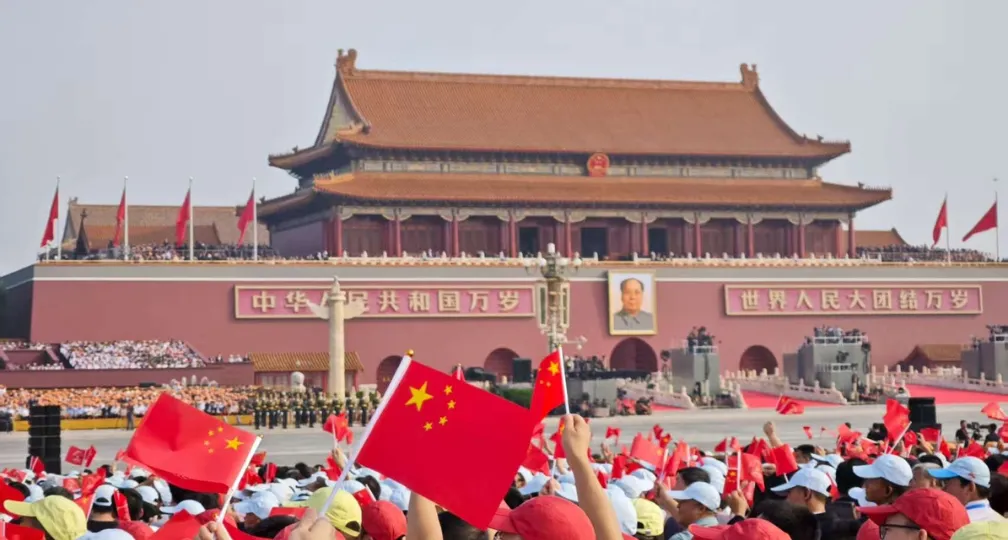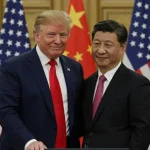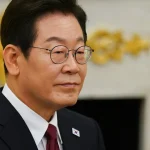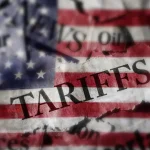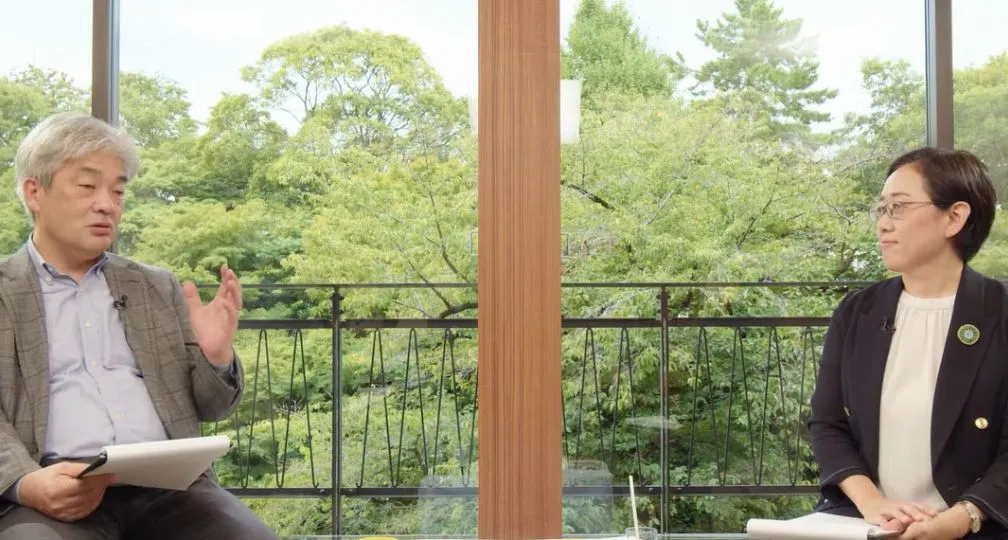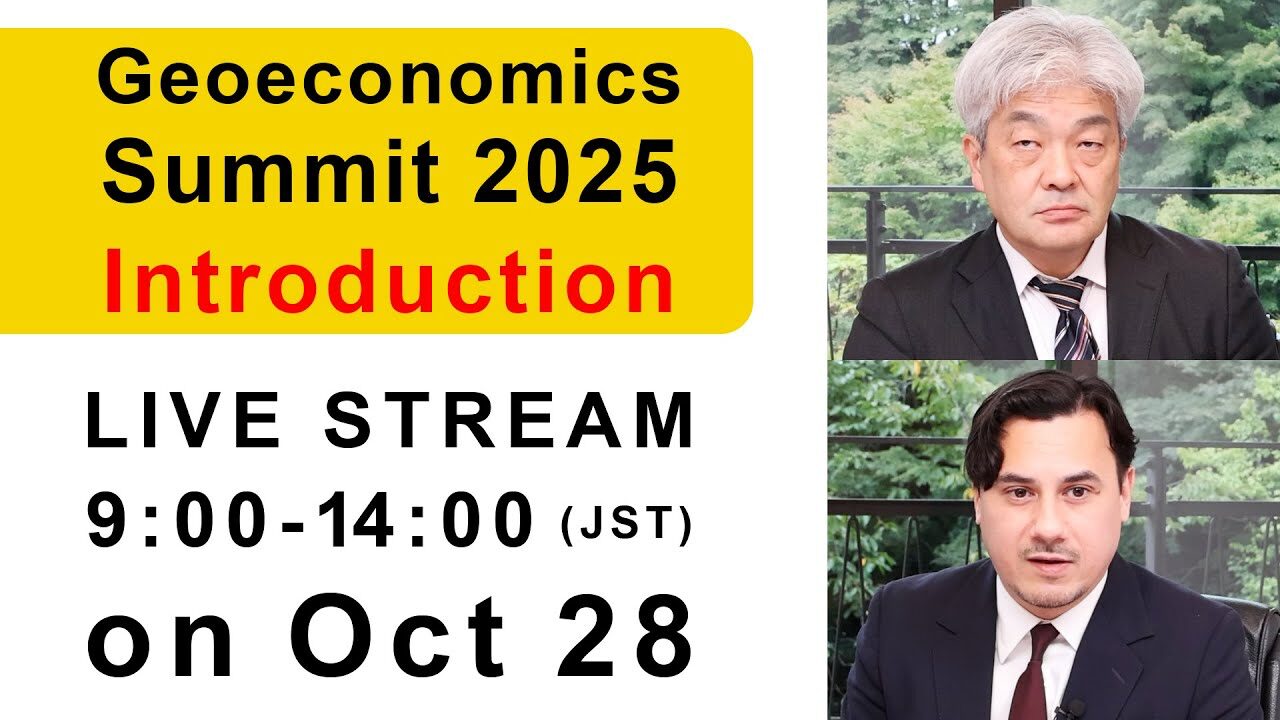From Decline to Surge: The Defense Industry in the Era of Excess Demand (Executive Summary)
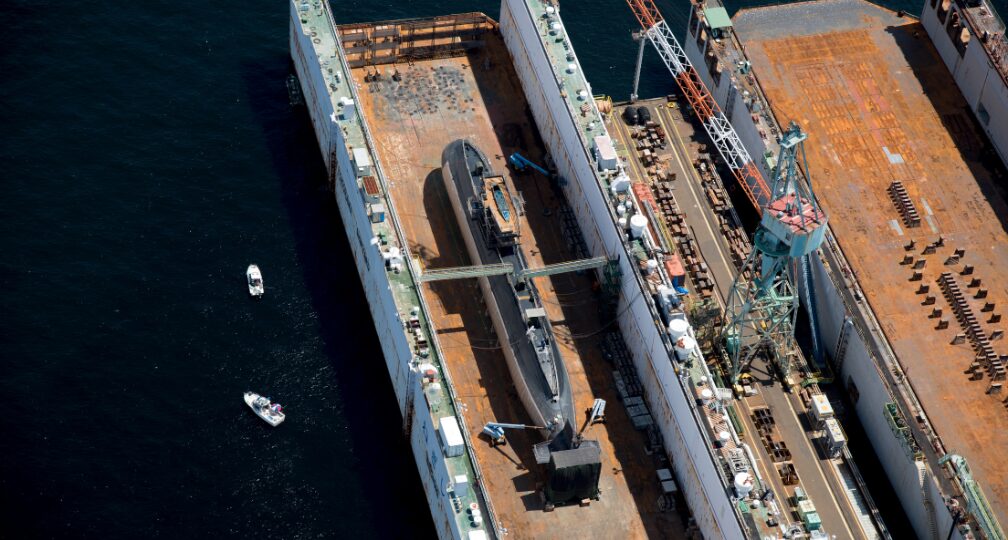
Click here for the PDF of the full report (coming soon).
Click here for the summary.
Summary
Since the 2000s, Japan’s defense industry has experienced sluggish growth. From the Junichiro Koizumi administration to the era of Democratic Party of Japan (DPJ) governments, fiscal austerity extended beyond domestic policy into defense policy. It was only with the second Shinzo Abe cabinet and subsequent LDP–Komeito coalition governments that this trend was reversed, leading to an expansion of the defense budget after a decade of continuous decline. Yet, even as defense spending has steadily risen since 2013, a growing share has been directed towards purchasing cutting-edge weapons imported from the United States, meaning Japan’s domestic industry has not necessarily benefited significantly from this budgetary increase.
What fundamentally changed this situation was the release of three strategic documents in 2022—the National Security Strategy, the National Defense Strategy, and the Defense Buildup Program. While spending on imports has continued to rise, the broader expansion of the budget for defense procurement has resulted in more contracts for domestic firms. In addition, long-sought improvements in profit margins for defense contracts, together with financial support for strengthening defense supply chains under the Defense Production Base Reinforcement Act of 2023, have raised expectations—both within the industry and among external stakeholders—regarding the role of defense firms.
One of those challenges is a shortage of defense production capacity. After two decades of slow growth, the Japanese defense industry has not been prepared to expand output in response to a sudden surge in demand. This problem has been compounded by the protracted war in Ukraine and intensifying U.S.–China strategic competition, both of which have driven up global demand for defense equipment. As a result, the United States and other allies and partners have begun to place greater expectations on Japan’s defense production capacity.
In this era of “excess defense demand,” in what ways is Japan’s defense industry responding, and how should it respond better in the future? What measures can the government take to encourage an expansion of production capacity? To address these questions, this report focuses on the issue of surplus production capacity—a subject often overlooked in Japan’s security studies. This report will highlight the challenges facing defense companies, drawing on first-hand, anonymous interviews with major defense contractors that comprise Japan’s defense industry, as well as on analysis of their responses. In addition, it will examine the experiences of the U.S. and European defense industries, which face similar problems, as well as the measures their governments have adopted in response. Building on these findings, this report will seek to present concrete policy recommendations that can be implemented immediately to address these challenges.
The core finding and argument of this report is a sense of alarm that the business practices of defense companies—shaped by two decades of decline—are ill-suited to the current era of “excess defense demand”, which is underpinned by the deterioration of the international security environment. These practices risk becoming a major bottleneck in efforts to strengthen Japan’s defense capabilities. In particular, many companies remain hesitant to make the upfront investments needed to respond swiftly and smoothly to future demand, even though shortages of skilled personnel and production facilities are already evident. Moreover, unlike many Western defense firms, some Japanese companies continue to refrain from pursuing in-house research before having government contracts and funding. These practices are deeply rooted in Japan’s strategic culture, worsening the gap between defense industrial capacity and the evolving security environment. To break this trend, the government must present a medium-term outlook for future defense demand and provide incentives that encourage firms to make upfront investments. It is also essential to foster in-house research and link it to defense innovation through the application of advanced technologies.
In light of these challenges, this report presents ten policy recommendations outlined below. Each is closely relevant to the issues identified and offers a high degree of specificity as a policy tool. For this reason, the authors hope that the government and the defense industry will promptly begin deliberations on their implementation.
1. The government should promptly begin revising the Defense Buildup Program for fiscal year 2028 and beyond to enhance predictability for defense firms and encourage the formulation of medium-term investment plans.
2. The Ministry of Defense should amend the Defense Production Base Reinforcement Act to encourage upfront investment decisions by companies and expand their production base by:
(1) Enabling the government to provide financial support (subsidies) to defense companies for expanding their production capacity, public loans on terms more favorable than market loans, as well as equity investment by public-private investment funds such as the Japan Investment Corporation (JIC). In addition, a system that allows the government or government-related funds to hold “golden shares” in defense companies to prevent foreign acquisitions should be studied based on its pros and cons and the precedents of other countries.
(2) Broadening the scope of eligibility for support under the Defense Equipment Transfer Facilitation Fund so that part of the costs for production facilities and related requirements for defense exports can be covered. In addition, enable the Japan Bank for International Cooperation (JBIC) to provide public finance —such as low-interest, long-term loans or government guarantees—for commercially viable international projects.
3. To encourage companies to strengthen their surplus production capacity, the Ministry of Defense should revise the corporate evaluation criteria used as the basis for determining profit margins in individual defense contracts to include firms’ efforts related to capital investment and securing human resources. This would provide companies with contractual incentives for upfront investments by increasing their profit margins.
4. To promote companies’ proactive in-house research, the Ministry of Defense should consider revising the contracting system to:
(1) Allow companies to include part of the related costs of in-house research—research that indirectly supports the fulfillment of defense contracts—in the cost estimates for procurement contracts; and
(2) Set profit margins for contracts involving highly challenging research and development above the current maximum of 10 percent.
5. The Cabinet Office, the Ministry of Education, Culture, Sports, Science and Technology, the Ministry of Economy, Trade and Industry (METI), and the Ministry of Defense should increase budget allocations for projects that fall between grant programs supporting advanced dual-use technology research and development (R&D) and full-scale defense equipment R&D that involves producing prototypes.
6. The Ministry of Defense, in coordination with METI and the Japan Organization for Metals and Energy Security (JOGMEC), should stockpile specific materials and components essential for defense equipment production to mitigate supply chain risks. For components that incorporate materials subject to concentrated global demand, the Ministry of Defense should also work closely with METI and other relevant ministries to ensure that the needs of defense companies are adequately reflected in broader economic security promotion initiatives.
7. Defense companies should consider reallocating personnel and equipment from their civilian divisions, as well as repurposing surplus production bases and workforce from other industries—such as the automotive sector—through cross-industry dialogue. The Ministry of Defense should support these efforts, for example, by acquiring factories from other industries scheduled for closure and entrusting them to defense companies as government-owned, contractor-operated (GOCO) facilities. At the same time, defense companies should advance the introduction of automation and robotics technologies in manufacturing, utilizing the financial support under the Defense Production Base Reinforcement Act to streamline production processes. In design and development, it is also essential to adopt approaches that could anticipate automation at the mass-production stage.
8. To address the persistent shortage of skilled personnel, defense companies should consider employing foreign workers, particularly those with relevant technical expertise. In turn, the Ministry of Defense and other relevant ministries should support and encourage such initiatives by providing guidance on strengthening information security measures.
9. To ensure the sustainability of defense business in peacetime and to secure surplus production capacity in times of crisis, the Ministry of Defense and defense companies should actively pursue joint production of weapons used by the Self-Defense Forces with foreign partners, as well as local production overseas. To facilitate the transfer of technologies necessary for local production with partners, the Ministry of Defense should clarify and communicate to companies the procedures for handling intellectual property owned by and classified information designated by the Ministry. Furthermore, the Ministry should strengthen its advisory functions for companies by providing guidance on appropriate methods of technology and information security tailored to the characteristics of each project, thereby ensuring the effective protection of sensitive information.
10. The Ministry of Foreign Affairs should work to expand the scale of Official Security Assistance (OSA) projects in order to enhance the effectiveness of security aid to partner countries. At the same time, OSA should be implemented in ways that create synergies with defense exports, including coverage of costs associated with procuring spare parts and maintenance support of the products that accompany commercial exports by defense companies.
The international security environment has remained highly uncertain even after the government formulated the three strategic documents in 2022. Since defense production necessarily involves the efforts of private companies, expanding its foundation requires a certain amount of time. Yet changes in the international security environment will not wait for such preparations. That is why both the government and industry must immediately take the necessary actions.
What is required first is a transformation in the mindset and culture surrounding defense production. This means shifting from policies and business practices based on continued decline or mere maintaining of the status quo during peacetime to a mindset oriented toward expanding production in preparation for contingencies. Such a transformation of strategic culture is now required for Japan’s defense industrial policy.
(Photo Credit: Tohan Aerialphotographic Service co.,ltd./Aflo)
Disclaimer: Please note that the contents and opinions expressed in this report are the personal views of the authors and do not necessarily represent the official views of the International House of Japan or the Institute of Geoeconomics (IOG), to which the authors belong. Unauthorized reproduction or reprinting of the article is prohibited.
Authors



Senior Research Fellow
Hirohito Ogi is a senior research fellow at the Institute of Geoeconomics (IOG) studying military strategy and Japan’s defense policy. Before joining the IOG, Mr. Ogi had been a career government official at the Ministry of Defense (MOD) and Ministry of Foreign Affairs (MOFA) for 16 years. From 2021 to 2022, he served as the Principal Deputy Director for the Strategic Intelligence Analysis Office, the Defense Intelligence Division at the MOD, where he led the MOD’s defense intelligence. From 2019 to 2021, he served as a Deputy Director of the Defense Planning and Programming Division at the MOD. He holds a Master’s degree in international affairs from the School of International and Public Affairs (SIPA), Columbia University, and a Bachelor’s degree in arts and sciences from the University of Tokyo. He is the author of various publications including Comparative Study of Defense Industries: Autonomy, Priority, and Sustainability (co-authored, Institute of Geoeconomics, 2023).
View Profile
Research Associate
Rintaro Inoue is a Research Associate at the Asia Pacific Initiative (API) & the Institute of Geoeconomics (IOG), the International House of Japan (IHJ), a Tokyo-based global think-tank, where he focuses on U.S. security policy, the U.S.-Australia alliance, Japanese defense policy, and economic statecraft including defense industrial base policy. Prior to assuming his current position, he joined the Asia Pacific Initiative (API) as an intern and contributed to multiple projects including the Japan-U.S. Military Statesmen Forum (MSF). He is currently researching defense industrial policies of other countries in the International Security Order Group. He received his BA and MA in law from Keio University and is now a PhD student.
View Profile-
 China, Rare Earths and ‘Weaponized Interdependence’2025.12.23
China, Rare Earths and ‘Weaponized Interdependence’2025.12.23 -
 Are Firms Ready for Economic Security? Insights from Japan and the Netherlands2025.12.22
Are Firms Ready for Economic Security? Insights from Japan and the Netherlands2025.12.22 -
 Is China Guardian of the ‘Postwar International Order’?2025.12.17
Is China Guardian of the ‘Postwar International Order’?2025.12.17 -
 Japan-India Defense in a Fragmenting Indo-Pacific2025.12.10
Japan-India Defense in a Fragmenting Indo-Pacific2025.12.10 -
 The “Economic Security is National Security” Strategy2025.12.09
The “Economic Security is National Security” Strategy2025.12.09
 Event Report: The Trump Tariffs and Their Impact on the Japanese Economy2025.11.25
Event Report: The Trump Tariffs and Their Impact on the Japanese Economy2025.11.25 The “Economic Security is National Security” Strategy2025.12.09
The “Economic Security is National Security” Strategy2025.12.09 The Real Significance of Trump’s Asia Trip2025.11.14
The Real Significance of Trump’s Asia Trip2025.11.14 The long road to a South Korea-U.S. trade deal2025.11.26
The long road to a South Korea-U.S. trade deal2025.11.26 Trump’s Tariffs Might Be Here to Stay – No Matter Who’s in Power2025.11.28
Trump’s Tariffs Might Be Here to Stay – No Matter Who’s in Power2025.11.28




